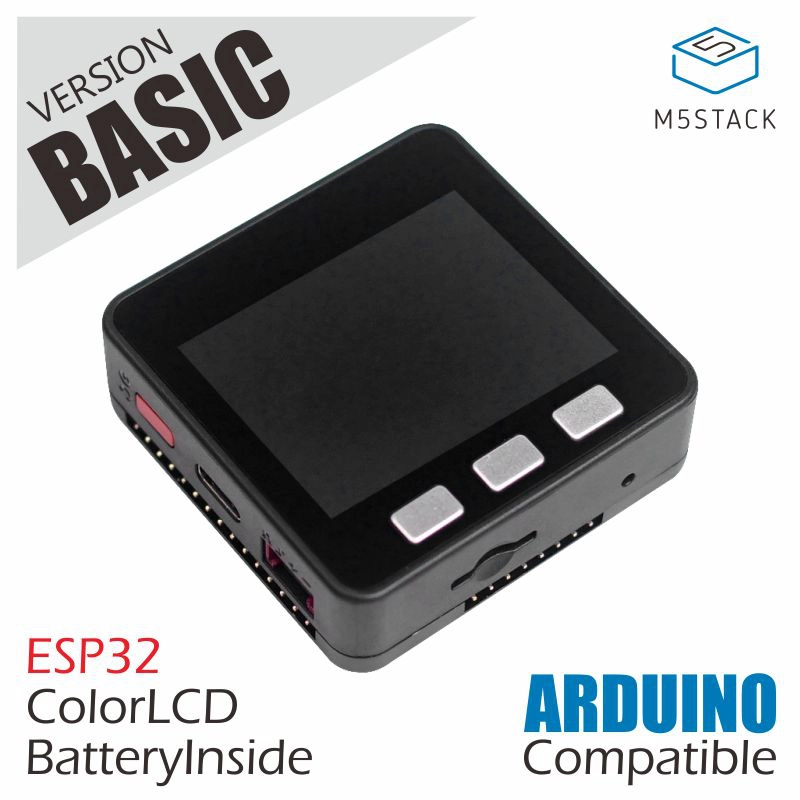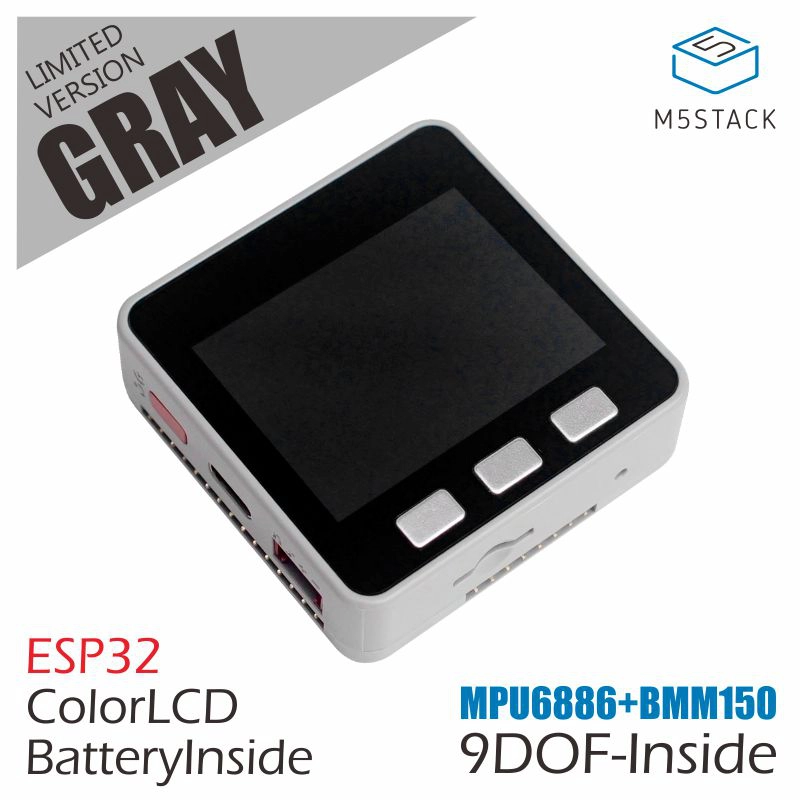I went through this exercise multiple times and a couple of unexpected errors kept occurring.
If the validation is skipped without publishing, the device and monitoring keep working correctly. Then, a similar error occurs building the cloud application, once AWS IoT starts publishing messages to the device. The device keeps rebooting after sending only one set of data, so the intervals become around 15 seconds (this is what it takes the device to reset and reconnect).
Rebooting...
ets Jul 29 2019 12:21:46
rst:0xc (SW_CPU_RESET),boot:0x17 (SPI_FAST_FLASH_BOOT)
configsip: 0, SPIWP:0xee
clk_drv:0x00,q_drv:0x00,d_drv:0x00,cs0_drv:0x00,hd_drv:0x00,wp_drv:0x00
mode:DIO, clock div:1
load:0x3fff0030,len:4
load:0x3fff0034,len:7636
load:0x40078000,len:13904
load:0x40080400,len:5296
entry 0x40080710
␛[0;32mI (29) boot: ESP-IDF 3.40200.210118 2nd stage bootloader␛[0m
␛[0;32mI (29) boot: compile time 12:32:35␛[0m
␛[0;32mI (29) boot: chip revision: 3␛[0m
␛[0;32mI (33) boot_comm: chip revision: 3, min. bootloader chip revision: 0␛[0m
␛[0;32mI (40) qio_mode: Enabling default flash chip QIO␛[0m
␛[0;32mI (45) boot.esp32: SPI Speed : 80MHz␛[0m
␛[0;32mI (50) boot.esp32: SPI Mode : QIO␛[0m
␛[0;32mI (54) boot.esp32: SPI Flash Size : 16MB␛[0m
␛[0;32mI (59) boot: Enabling RNG early entropy source...␛[0m
␛[0;32mI (64) boot: Partition Table:␛[0m
␛[0;32mI (68) boot: ## Label Usage Type ST Offset Length␛[0m
␛[0;32mI (75) boot: 0 nvs WiFi data 01 02 00009000 00006000␛[0m
␛[0;32mI (83) boot: 1 phy_init RF data 01 01 0000f000 00001000␛[0m
␛[0;32mI (90) boot: 2 factory factory app 00 00 00010000 003f7a00␛[0m
␛[0;32mI (97) boot: 3 ota_0 OTA app 00 10 00410000 00010000␛[0m
␛[0;32mI (105) boot: 4 ota_1 OTA app 00 11 00420000 00640000␛[0m
␛[0;32mI (113) boot: 5 spiffs Unknown data 01 82 00a60000 004c4c00␛[0m
␛[0;32mI (120) boot: End of partition table␛[0m
␛[0;32mI (124) boot_comm: chip revision: 3, min. application chip revision: 0␛[0m
␛[0;32mI (132) esp_image: segment 0: paddr=0x00010020 vaddr=0x3f400020 size=0x24fb8 (151480) map␛[0m
␛[0;32mI (185) esp_image: segment 1: paddr=0x00034fe0 vaddr=0x3ffbdb60 size=0x03ee0 ( 16096) load␛[0m
␛[0;32mI (191) esp_image: segment 2: paddr=0x00038ec8 vaddr=0x40080000 size=0x00404 ( 1028) load␛[0m
␛[0;32mI (192) esp_image: segment 3: paddr=0x000392d4 vaddr=0x40080404 size=0x06d44 ( 27972) load␛[0m
␛[0;32mI (211) esp_image: segment 4: paddr=0x00040020 vaddr=0x400d0020 size=0xc594c (809292) map␛[0m
␛[0;32mI (449) esp_image: segment 5: paddr=0x00105974 vaddr=0x40087148 size=0x0c488 ( 50312) load␛[0m
␛[0;32mI (478) boot: Loaded app from partition at offset 0x10000␛[0m
␛[0;32mI (478) boot: Disabling RNG early entropy source...␛[0m
␛[0;32mI (479) psram: This chip is ESP32-D0WD␛[0m
␛[0;32mI (483) spiram: Found 64MBit SPI RAM device␛[0m
␛[0;32mI (488) spiram: SPI RAM mode: flash 80m sram 80m␛[0m
␛[0;32mI (493) spiram: PSRAM initialized, cache is in low/high (2-core) mode.␛[0m
␛[0;32mI (500) cpu_start: Pro cpu up.␛[0m
␛[0;32mI (504) cpu_start: Application information:␛[0m
␛[0;32mI (509) cpu_start: Project name: AWS_IoT_EduKit-Smart-Thermostat␛[0m
␛[0;32mI (516) cpu_start: App version: b281edf␛[0m
␛[0;32mI (521) cpu_start: Compile time: Apr 7 2021 12:27:33␛[0m
␛[0;32mI (527) cpu_start: ELF file SHA256: 6fe07958e952a94a...␛[0m
␛[0;32mI (533) cpu_start: ESP-IDF: 3.40200.210118␛[0m
␛[0;32mI (538) cpu_start: Starting app cpu, entry point is 0x40082c30␛[0m
␛[0;32mI (530) cpu_start: App cpu up.␛[0m
␛[0;32mI (1042) spiram: SPI SRAM memory test OK␛[0m
␛[0;32mI (1042) heap_init: Initializing. RAM available for dynamic allocation:␛[0m
␛[0;32mI (1043) heap_init: At 3FFAE6E0 len 0000F480 (61 KiB): DRAM␛[0m
␛[0;32mI (1049) heap_init: At 3FFCD920 len 000126E0 (73 KiB): DRAM␛[0m
␛[0;32mI (1055) heap_init: At 3FFE0440 len 00003AE0 (14 KiB): D/IRAM␛[0m
␛[0;32mI (1061) heap_init: At 3FFE4350 len 0001BCB0 (111 KiB): D/IRAM␛[0m
␛[0;32mI (1068) heap_init: At 400935D0 len 0000CA30 (50 KiB): IRAM␛[0m
␛[0;32mI (1074) cpu_start: Pro cpu start user code␛[0m
␛[0;32mI (1079) spiram: Adding pool of 4082K of external SPI memory to heap allocator␛[0m
␛[0;32mI (1099) spi_flash: detected chip: generic␛[0m
␛[0;32mI (1100) spi_flash: flash io: qio␛[0m
␛[0;32mI (1100) cpu_start: Starting scheduler on PRO CPU.␛[0m
␛[0;32mI (0) cpu_start: Starting scheduler on APP CPU.␛[0m
␛[0;32mI (1108) spiram: Reserving pool of 32K of internal memory for DMA/internal allocations␛[0m
␛[0;32mI (2558) gpio: GPIO[39]| InputEn: 1| OutputEn: 0| OpenDrain: 0| Pullup: 1| Pulldown: 1| Intr:3 ␛[0m
␛[0;32mI (2758) ILI9341: Initialization.␛[0m
␛[0;32mI (2958) ILI9341: Display orientation: LANDSCAPE␛[0m
␛[0;32mI (2958) ILI9341: 0x36 command value: 0x08␛[0m
I (2988) wifi:wifi driver task: 3ffd3d28, prio:23, stack:6656, core=0
␛[0;32mI (2988) system_api: Base MAC address is not set␛[0m
␛[0;32mI (2988) system_api: read default base MAC address from EFUSE␛[0m
I (3018) wifi:wifi firmware version: 1865b55
I (3018) wifi:wifi certification version: v7.0
I (3018) wifi:config NVS flash: enabled
I (3018) wifi:config nano formating: disabled
I (3018) wifi:Init data frame dynamic rx buffer num: 32
I (3028) wifi:Init management frame dynamic rx buffer num: 32
I (3028) wifi:Init management short buffer num: 32
I (3038) wifi:Init static tx buffer num: 16
I (3038) wifi:Init tx cache buffer num: 32
I (3048) wifi:Init static rx buffer size: 1600
I (3048) wifi:Init static rx buffer num: 16
I (3048) wifi:Init dynamic rx buffer num: 32
␛[0;32mI (3058) wifi_init: rx ba win: 16␛[0m
␛[0;32mI (3058) wifi_init: tcpip mbox: 32␛[0m
␛[0;32mI (3068) wifi_init: udp mbox: 6␛[0m
␛[0;32mI (3068) wifi_init: tcp mbox: 6␛[0m
␛[0;32mI (3068) wifi_init: tcp tx win: 5744␛[0m
␛[0;32mI (3078) wifi_init: tcp rx win: 5744␛[0m
␛[0;32mI (3078) wifi_init: tcp mss: 1440␛[0m
␛[0;32mI (3088) wifi_init: WiFi/LWIP prefer SPIRAM␛[0m
␛[0;32mI (3088) Smart_Spaces: Setting Wi-Fi configuration to SSID: Belong4A2633-ALT␛[0m
␛[0;32mI (3178) phy: phy_version: 4500, 0cd6843, Sep 17 2020, 15:37:07, 0, 0␛[0m
I (3178) wifi:mode : sta (b8:f0:09:c6:15:d8)
␛[0;32mI (3188) atecc608: Seeding the random number generator...␛[0m
␛[0;32mI (3188) atecc608: ok␛[0m
␛[0;32mI (3228) atecc608: Initializing ATECC608 secure element␛[0m
␛[0;32mI (3228) atecc608: ok␛[0m
␛[0;32mI (3228) atecc608: Checking data zone lock status...␛[0m
␛[0;32mI (3268) atecc608: ok: locked␛[0m
␛[0;32mI (3268) atecc608: Get the device info (type)...␛[0m
␛[0;32mI (3308) atecc608: ok: 60 02␛[0m
␛[0;32mI (3308) Smart_Spaces: AWS IoT SDK Version 3.0.1-␛[0m
I (4388) wifi:new:<10,0>, old:<1,0>, ap:<255,255>, sta:<10,0>, prof:1
I (4858) wifi:state: init -> auth (b0)
I (4868) wifi:state: auth -> assoc (0)
I (4878) wifi:state: assoc -> run (10)
I (4888) wifi:connected with Belong4A2633-ALT, aid = 1, channel 10, BW20, bssid = 18:90:d8:5c:bc:ac
I (4888) wifi:security: WPA2-PSK, phy: bgn, rssi: -42
I (4898) wifi:pm start, type: 1
I (4928) wifi:AP's beacon interval = 102400 us, DTIM period = 1
␛[0;32mI (6978) Smart_Spaces: Device IP address:255.255.255.0␛[0m
␛[0;32mI (6978) Smart_Spaces: Shadow Init␛[0m
␛[0;32mI (6978) Smart_Spaces: Shadow Connect␛[0m
␛[0;32mI (6978) esp_netif_handlers: sta ip: 10.0.0.22, mask: 255.255.255.0, gw: 10.0.0.138␛[0m
␛[0;32mI (7198) aws_iot: Attempting to use device certificate from ATECC608␛[0m
␛[0;32mI (13738) I2S: DMA Malloc info, datalen=blocksize=512, dma_buf_count=2␛[0m
␛[0;32mI (13738) I2S: PLL_D2: Req RATE: 44100, real rate: 90909.000, BITS: 16, CLKM: 11, BCK: 5, MCLK: 11.338, SCLK: 2909088.000000, diva: 64, divb: 21␛[0m
␛[0;32mI (13748) I2S: PLL_D2: Req RATE: 44100, real rate: 90909.000, BITS: 16, CLKM: 11, BCK: 5, MCLK: 11.338, SCLK: 2909088.000000, diva: 64, divb: 21␛[0m
␛[0;32mI (14158) Smart_Spaces: =======================================================================================␛[0m
␛[0;32mI (14158) Smart_Spaces: On Device: roomOccupancy false␛[0m
␛[0;32mI (14158) Smart_Spaces: On Device: hvacStatus STANDBY␛[0m
␛[0;32mI (14168) Smart_Spaces: On Device: temperature 23.557526␛[0m
␛[0;32mI (14168) Smart_Spaces: On Device: sound 75␛[0m
␛[0;32mI (14178) Smart_Spaces: Update Shadow: {"state":{"reported":{"temperature":23.557526,"sound":75,"roomOccupancy":false,"hvacStatus":"STANDBY"}}, "clientToken":"<<HIDDEN>>"}␛[0m
␛[0;32mI (16798) Smart_Spaces: *****************************************************************************************␛[0m
␛[0;32mI (16798) Smart_Spaces: Stack remaining for task 'aws_iot_task' is 2012 bytes␛[0m
␛[0;32mI (17818) Smart_Spaces: Update accepted␛[0m
␛[0;32mI (17838) Smart_Spaces: Delta - roomOccupancy state changed to 1␛[0m
␛[0;32mI (17998) Smart_Spaces: =======================================================================================␛[0m
␛[0;32mI (17998) Smart_Spaces: On Device: roomOccupancy true␛[0m
␛[0;32mI (17998) Smart_Spaces: On Device: hvacStatus STANDBY␛[0m
␛[0;32mI (18008) Smart_Spaces: On Device: temperature 24.928398␛[0m
␛[0;32mI (18008) Smart_Spaces: On Device: sound 9␛[0m
␛[0;32mI (18018) Smart_Spaces: Update Shadow: {"state":{"reported":{"temperature":24.928398,"sound":9,"roomOccupancy":true,"hvacStatus":"STANDBY"}}, "clientToken":"<<HIDDEN>"}␛[0m
␛[0;32mI (18058) Smart_Spaces: *****************************************************************************************␛[0m
␛[0;32mI (18058) Smart_Spaces: Stack remaining for task 'aws_iot_task' is 2012 bytes␛[0m
␛[0;32mI (19078) Smart_Spaces: Update accepted␛[0m
␛[0;32mI (19098) Smart_Spaces: Delta - roomOccupancy state changed to 0␛[0m
␛[0;32mI (19148) Smart_Spaces: Delta - roomOccupancy state changed to 0␛[0m
␛[0;32mI (19148) Smart_Spaces: Delta - hvacStatus state changed to COOLING␛[0m
␛[0;32mI (19148) Smart_Spaces: setting side LEDs to blue␛[0m
Guru Meditation Error: Core 1 panic'ed (StoreProhibited). Exception was unhandled.
Core 1 register dump:
PC : 0x400f09d5 PS : 0x00060d30 A0 : 0x800d7634 A1 : 0x3ffe2760
A2 : 0x3ffc3cc8 A3 : 0x00000000 A4 : 0x0000ff00 A5 : 0x00000000
A6 : 0x00000001 A7 : 0x00000001 A8 : 0x800f09d5 A9 : 0x3ffe2740
A10 : 0x00000000 A11 : 0x0000ff00 A12 : 0x3ffe2760 A13 : 0x0000000c
A14 : 0x00ff0000 A15 : 0xff000000 SAR : 0x00000004 EXCCAUSE: 0x0000001d
EXCVADDR: 0x00000000 LBEG : 0x400014fd LEND : 0x4000150d LCOUNT : 0xfffffffc
Backtrace:0x400f09d2:0x3ffe2760 0x400d7631:0x3ffe2780 0x400d2510:0x3ffe27a0 0x400d4ef6:0x3ffe27c0 0x400d6615:0x3ffe2800 0x400d685e:0x3ffe2830 0x400d69ca:0x3ffe2890 0x400d72e8:0x3ffe28b0 0x400d73ec:0x3ffe28e0 0x400d45df:0x3ffe2900 0x400d2792:0x3ffe2920 0x4008bcb5:0x3ffe36b0
ELF file SHA256: 6fe07958e952a94a
Rebooting...
ets Jul 29 2019 12:21:46
Also, the device lights are not being triggered when the states are changed to COOLING or HEATING (they remain off).
I hope this information is useful.










